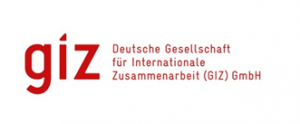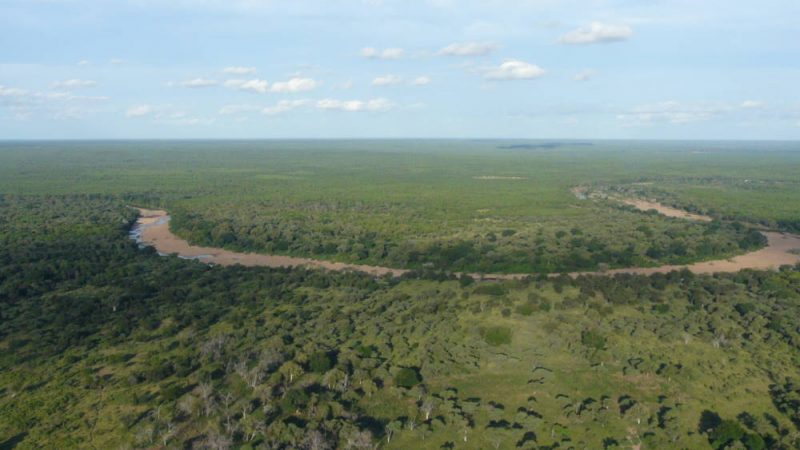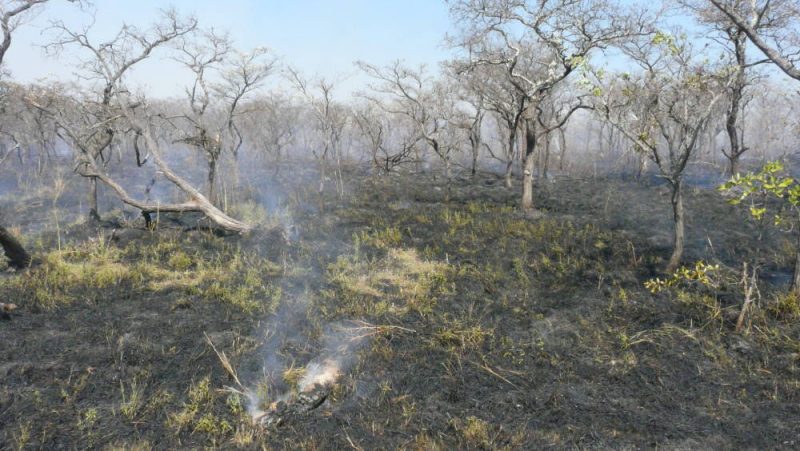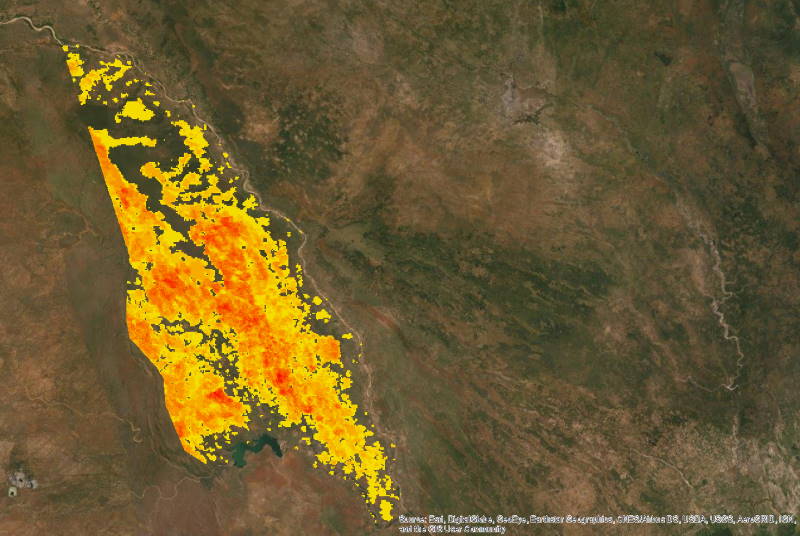
Burned areas in national parks
Summary
In a transboundary protected area in southern Africa, a long time series of burned area data was analyzed to characterize the fire regimes. The results were used for further ecological studies.
Additional information
Customer/Partner

Gesellschaft für Technische Zusammenarbeit GmbH (GIZ)
South African National Parks
Limpopo National Park
Your personal contact:

Gernot Rücker
+49-89-1893789-36
gruecker@zebris.com


